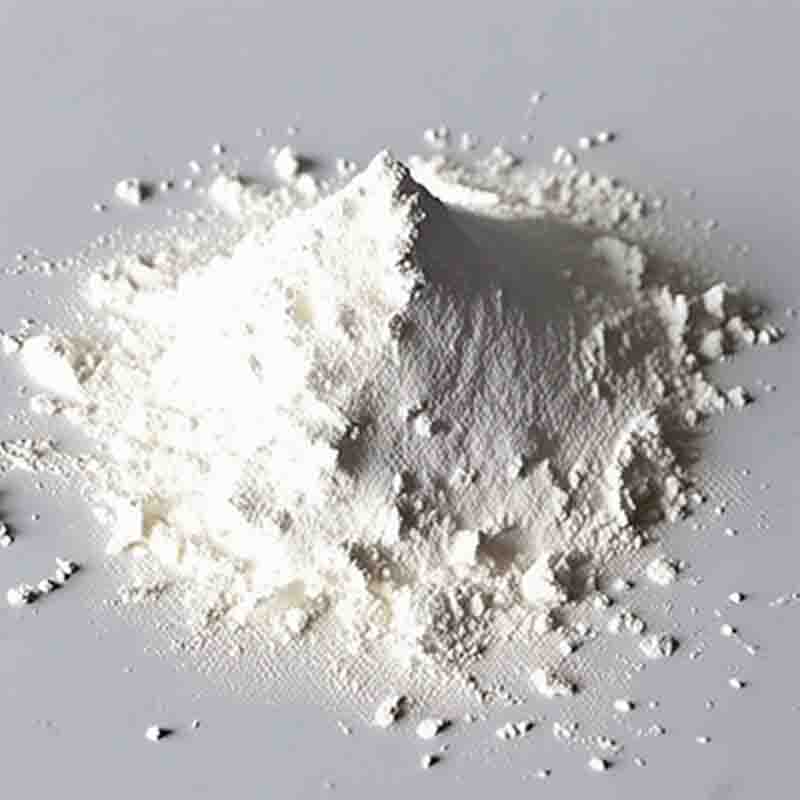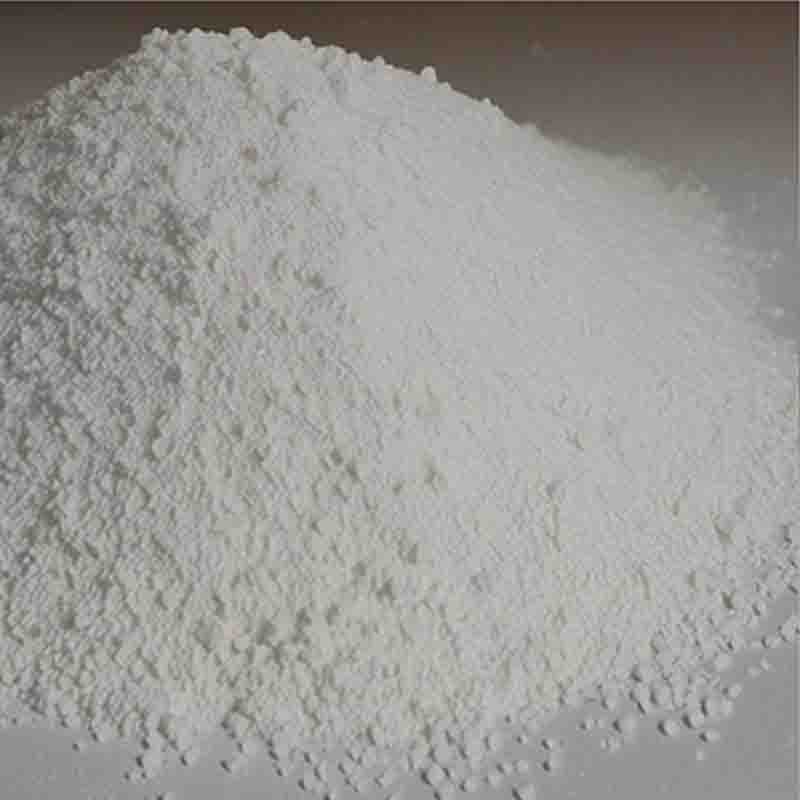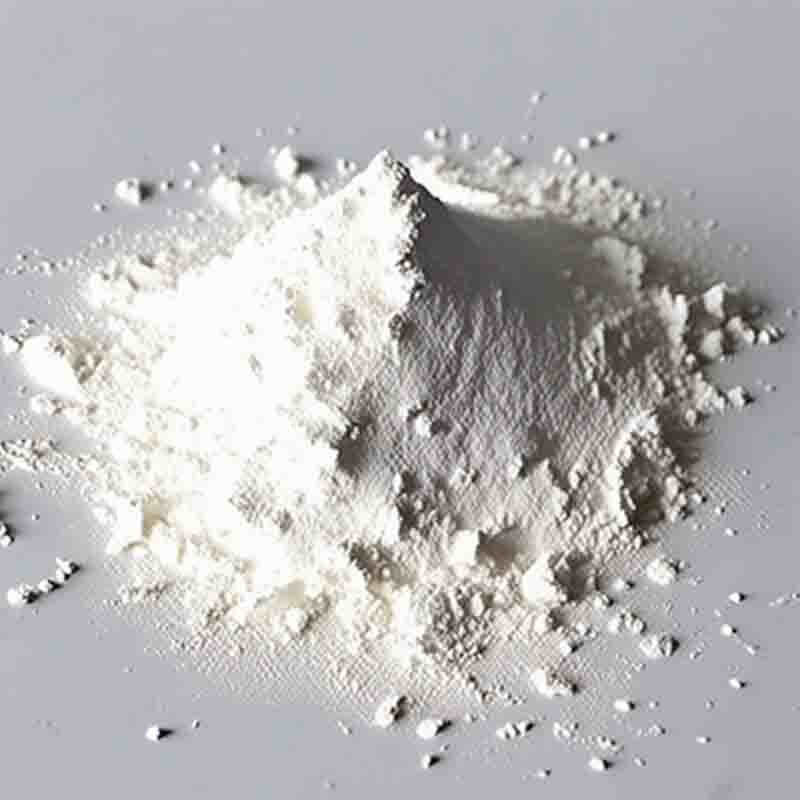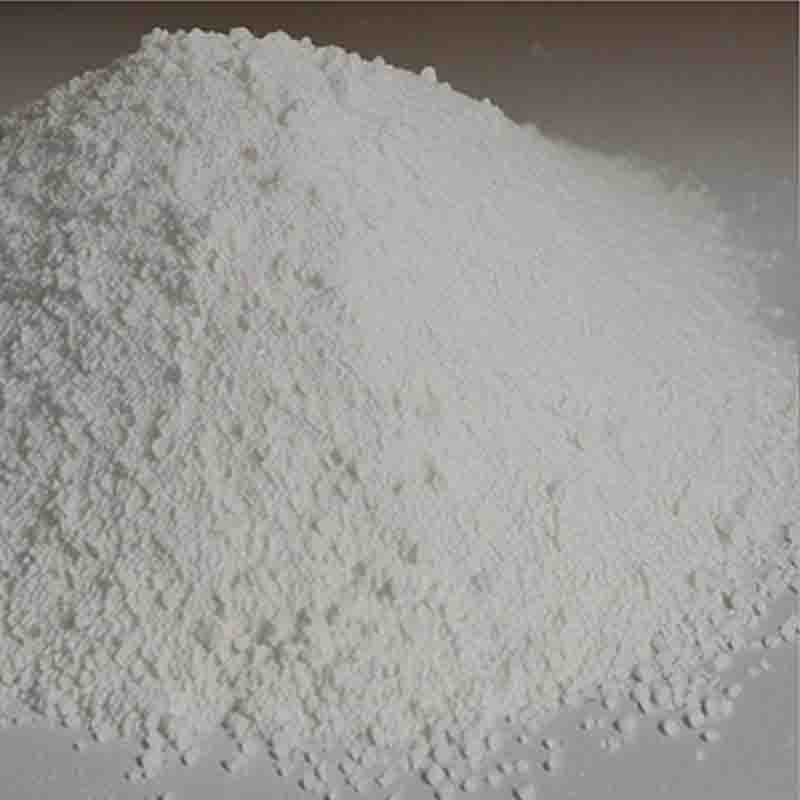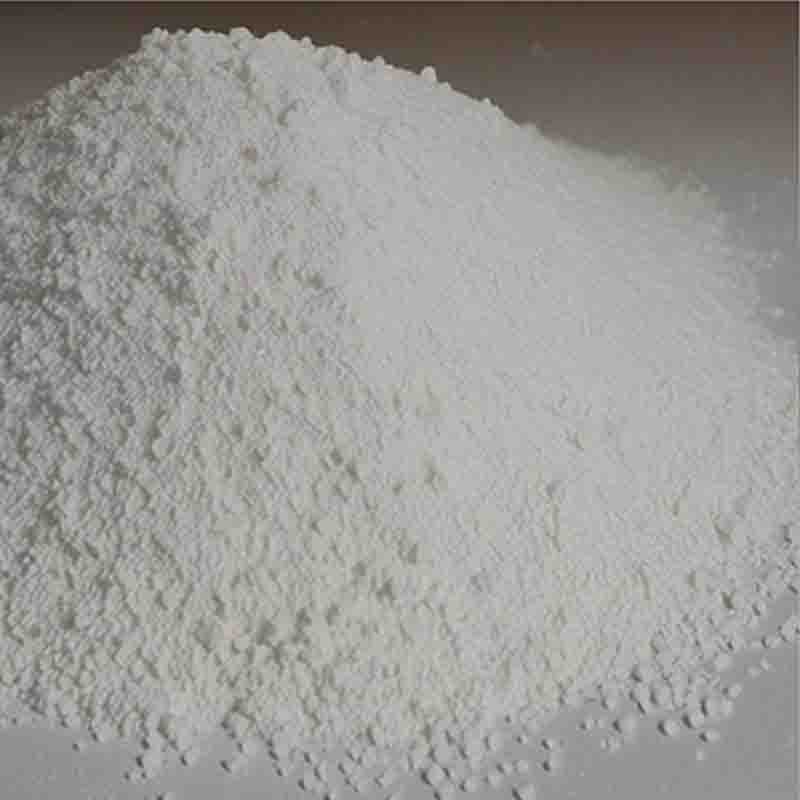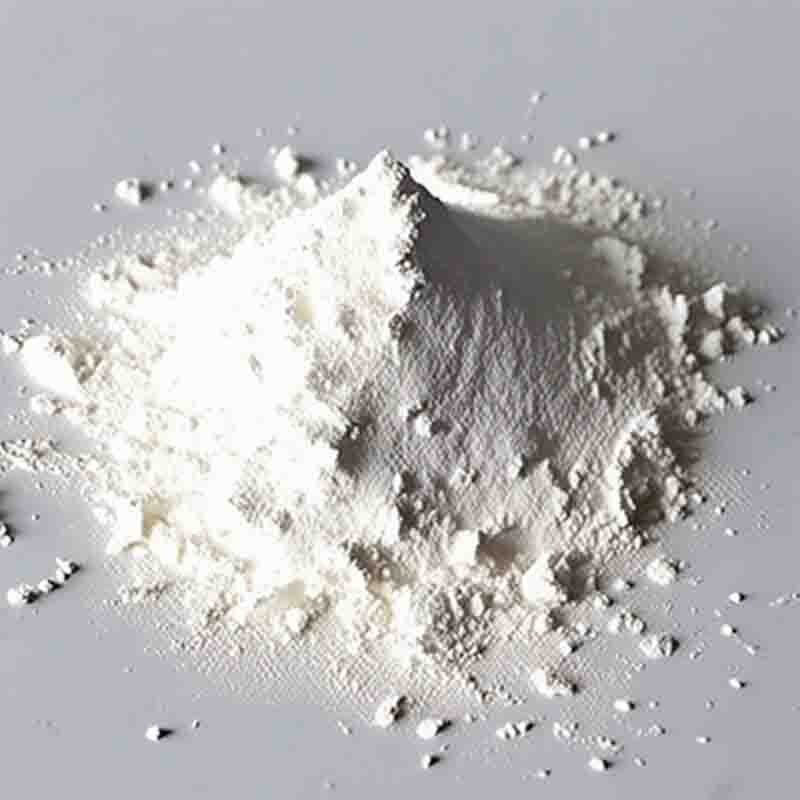2,5-Dichloronicotinic acid CAS: 59782-85-3
| Catalog Number | XD94056 |
| Product Name | 2,5-Dichloronicotinic acid |
| CAS | 59782-85-3 |
| Molecular Formula | C6H3Cl2NO2 |
| Molecular Weight | 192 |
| Storage Details | Ambient |
Product Specification
| Appearance | White powder |
| Assay | 99% min |
2,5-Dichloronicotinic acid is a chemical compound with diverse applications in various industries and research fields. It belongs to the class of pyridine derivatives and is characterized by the presence of two chlorine atoms on the 2nd and 5th carbon positions of the pyridine ring.One of the major applications of 2,5-dichloronicotinic acid is as a building block in the synthesis of pharmaceutical compounds. Its unique structure and reactivity make it a valuable intermediate in the preparation of active pharmaceutical ingredients (APIs). By modifying the compound's structure through various chemical reactions, researchers can develop novel compounds with potential therapeutic properties. These compounds can be further evaluated for their efficacy in treating diseases such as cancer, inflammation, and neurological disorders.Furthermore, 2,5-dichloronicotinic acid finds applications in the field of agrochemicals. It can be used as a key intermediate in the synthesis of pesticides and herbicides. Pesticides derived from this compound have shown effective control against a wide range of pests that can damage crops. They have also demonstrated herbicidal activity, preventing the growth of unwanted plants and enhancing agricultural productivity.In addition to pharmaceutical and agrochemical applications, 2,5-dichloronicotinic acid is also used as a reagent in organic synthesis. It serves as a versatile precursor for the introduction of functional groups during the preparation of complex organic compounds. These compounds can find applications in various fields including materials science, catalysis, and chemical biology.Another potential application of 2,5-dichloronicotinic acid lies in the field of coordination chemistry. Its ability to coordinate with metal ions makes it suitable for the synthesis of metal-organic frameworks (MOFs). MOFs are porous materials with high specific surface areas and can be used for gas storage, separation, and catalysis. The compound's versatility in coordinating with different metals allows for the production of a wide range of MOF structures with varying properties.In conclusion, 2,5-dichloronicotinic acid serves as a valuable building block in the synthesis of pharmaceuticals, agrochemicals, and specialty chemicals. Its versatile reactivity enables the development of compounds with potential therapeutic activities and the control of pests and weeds in agriculture. Moreover, its applications extend to organic synthesis and coordination chemistry, where it plays a crucial role in the preparation of complex organic compounds and the synthesis of metal-organic frameworks.


